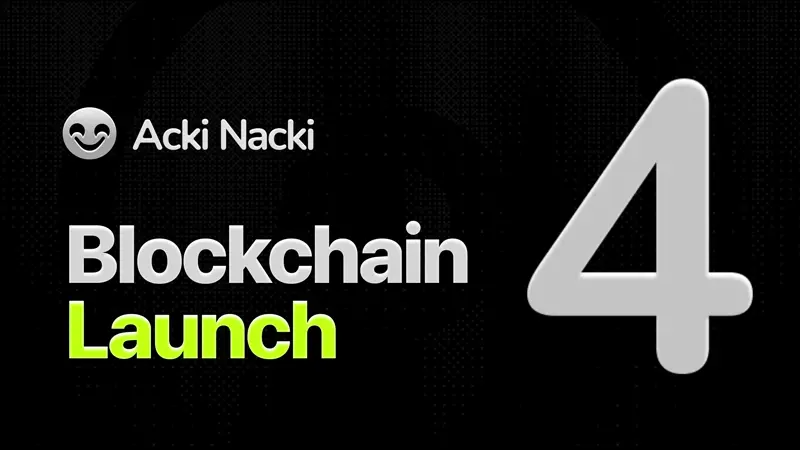Executive summary: If a single check fails, you pass. No heroics. No “but the community is lit.” This is a speed-triage that turns FOMO into an operational decision.
Your pre-commit guardrails
Cap exposure (e.g., ≤1% of portfolio), accept that most memecoins decay to near-zero, and default to no unless the trade clears objective gates. You’re managing process risk, not chasing narratives.
T+00–15 seconds: contract provenance
Open the project’s official channels (website, pinned tweet, verified Telegram/Discord). Grab the exact contract address from there, never from comments, screenshots, or DMs.
On the explorer, confirm source verified and that the deployed contract matches the one promoted. If there’s a proxy, understand the upgrade path.
If you can’t prove provenance in under 15 seconds: pass.
Fail cues: Multiple “official” contracts, shortened links, or a proxy with opaque admin. → Pass.
T+15–30 seconds: privileges & minting
Scan the code/metadata for owner powers: mint, blacklist, pause trading, set fees, adjust maxTx, swap limits. Either renounced ownership or time-locked/multisig with clear docs. If minting is open or fees are arbitrary/dynamic, you’re buying into optionality against you.
Fail cues: Unrestricted mint, hidden owner, upgradeable without a timelock. → Pass.
T+30–45 seconds: liquidity health
Check the main pool: Is LP locked with a reputable locker? What’s the unlock date? If LP isn’t locked (or “burned” to an EOA), your exit depends on the dev’s mood.
Sanity-check pool depth: tiny liquidity means you’re the exit liquidity on entry.
Quick math: A rough rule, your price impact ≈ trade size / (2 × pool liquidity). If €1,000 moves price >3–5% on a calm book, you’re swimming in a puddle.
Fail cues: No lock, lock ends in days, or comically shallow liquidity. → Pass.
T+45–60 seconds: holder concentration
Open the holders tab. Top-10 should own <20–30% combined with no obvious cluster (fresh wallets funded from one source, or many labelled CEX deposit wallets in top slots). Airdrop dumps also matter, if large buckets are about to unlock, your bid is their exit.
Fail cues: Dev/marketing wallet hoards, clustered funding patterns, or “centralized top-10.” → Pass.
T+60–75 seconds: honeypot & fee traps
Run a simulated buy/sell (tiny size if you’re testing live). Confirm you can sell the same block or next block. Validate buy/sell tax is stable and reasonable (the “2/2 to 5/5” range is common; anything spiking dynamically is a trap). Watch for anti-bot blocks that silently trap retail.
Fail cues: Can buy but can’t sell, tax suddenly >20%, or slippage needs to be absurd. → Pass.
T+75–90 seconds; automated scanners & human sense-check
Use two independent scanners. Treat them as smoke detectors, not oracles. “No critical flags” ≠ safe, but critical flags (honeypot, mintable, blacklist) are hard stops. Then do a 10-second human pass: does the messaging look farmed by bots, do socials exist prior to last week, is there a real human trail (code commits, prior projects, reputational downside)?
Fail cues: Critical flags, throwaway socials, paid-bot engagement, zero paper trail. → Pass.
Post-triage rules of engagement
If (and only if) the coin clears all gates:
- Size small and assume you’re wrong.
- Automate exits: ladder take-profits and a hard invalidation (time-based or price-based).
- No averaging down on vapor, memes aren’t value stocks.
- No narrative drift: if any gate later flips from green to red (LP unlock moved up, new owner powers, sudden tax hike), you’re out.
Red-flag glossary (fast decode)
- Proxy + unrestricted admin: Dev can swap logic out from under you.
- Minting enabled: Supply rug on tap.
- Blacklist / trading controls: You can be singled out.
- Dynamic fee switch: “Normal now, punitive later.”
- LP not locked / lock expiring soon: The floor can disappear.
- Top-10 concentration >30%: A coordinated dump problem, not a market.
- Honeypot logic: The door in is bigger than the door out.
One-minute sanity checklist (printable)
- Official contract only.
- Owner powers constrained (renounced or time-locked multisig).
- LP locked with credible locker; unlock far away.
- Holder distribution sane (<20–30% top-10; no clusters).
- Buy AND sell work under normal slippage; fees stable.
- Two scanners show no critical issues.
- Socials & dev history look real.
If any item = No → Pass.
90-Second Flowchart (retro block style)
START
|
v
Do you have the contract address from official sources?
|-- No --> PASS (do not buy)
|
v
Is minting disabled and owner renounced or time-locked/multisig?
|-- No --> PASS
|
v
Is LP locked in a reputable locker with a clear unlock date?
|-- No --> PASS
|
v
Do top 10 wallets hold < 20–30% combined, no obvious cluster?
|-- No --> PASS
|
v
Does honeypot/tax check pass (buy & sell, stable fees)?
|-- No --> PASS
|
v
Do scanners show no critical flags (treat as smoke detectors)?
|-- No --> PASS
|
v
Proceed only with small size, pre-planned exits, zero FOMO.
Compliance note: This is educational material, not financial advice. The alpha is in the discipline, fewer but cleaner bets beat “spray and pray.”





